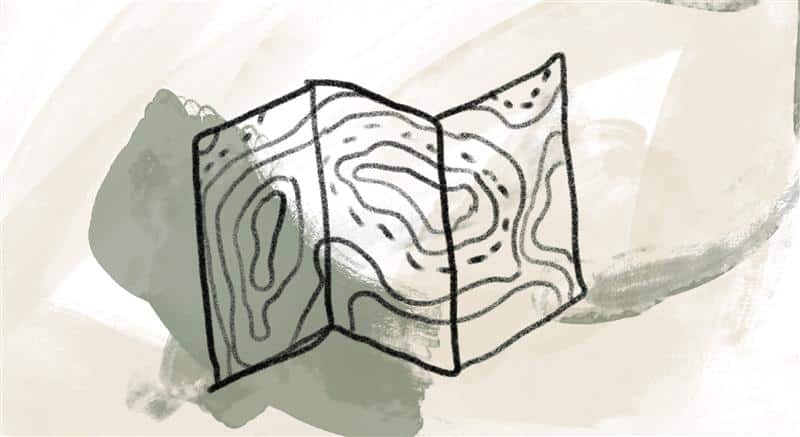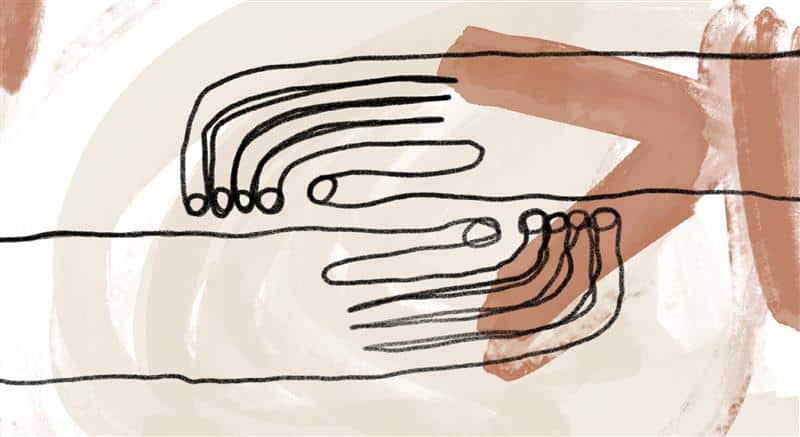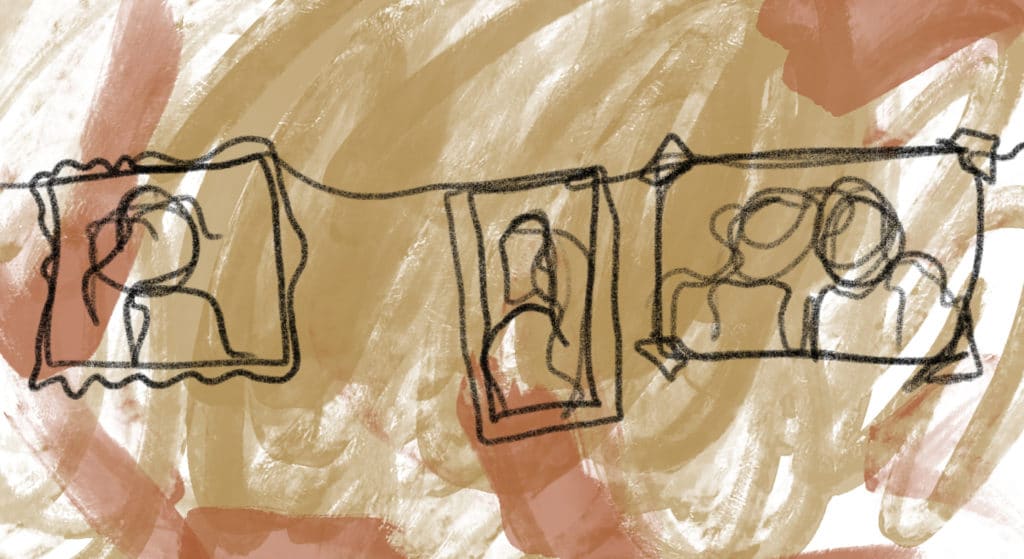
Richard Rohr considers how dwelling in sacred space ultimately involves seeing God and the world through a unified vision. But we don’t get there without some sort of suffering:
Whenever we’re led out of normalcy into sacred, open space, it’s going to feel like suffering, because it’s letting go of what we’re used to. This is always painful, but part of us has to die if we are ever to grow larger (John 12:24). If we’re not willing to let go and die to our small self, we won’t enter into any new or sacred space.
Prophets lead us into sacred space by showing us the insufficiency of the old order; the priest’s role is to teach us how to live in the new realm. Unfortunately, priests too often operate separately from prophets. They talk of a new realm but never lead us out of the old order where we are still largely trapped.
In this new realm, everything belongs. This awareness is sometimes called a second naivete. It is a return to simple consciousness. The first awareness is a dangerous naivete, which doesn’t know but thinks it does. In second naivete, darkness and light coexist, paradox is revealed, and we are finally at home in the only world that has ever existed. This is true knowing. Here, death is a part of life and failure is a part of victory. Opposites collide and unite, and everything belongs.
In mature religion, the secular becomes sacred. There are no longer two worlds. We no longer have to leave the secular world to find sacred space because they’ve come together. That was the significance of the temple veil rending when Jesus died. The temple divided reality into the holy world inside and the unholy world outside. That’s why Jesus said the temple had to fall: “Not a stone shall stand on a stone” (Matthew 24:2). Our word “profane” comes from the Latin words pro and fanum, meaning “outside the temple.” Teilhard de Chardin said, “Nothing here below is profane for those who know how to see.” [1] There is only one world, and it’s the supernatural one. There is no “natural” world where God is not. It is all supernatural. All the bushes burn now if we’ve seen one burn. Only one tree has to fill up with light and angels, and then we never again see trees the same way. That’s the true seeing we call contemplation.
We need to refresh our seeing through contemplation because we forget. We start clinging and protecting. Unless there is a readiness to let go, we will not see the vision of the whole. God cannot be seen through such a small lens.
I can see why Christians use the language of “born again.” The great traditions seem to recognize the first birth is not enough. We not only have to be born, but also remade. The remaking of the soul and the refreshing of the eye is the return to simplicity.
References:
[1] Teilhard de Chardin, The Divine Milieu: An Essay on the Interior Life (New York: Harper and Brothers, 1960), 35.
Adapted from Richard Rohr, Everything Belongs: The Gift of Contemplative Prayer, rev. ed. (New York: Crossroad Publishing, 2003), 158–159, 160.
Image credit: A path from one week to the next—Taylor Wilson, Madonna and Messiah (detail), ink, used with permission. Alma Thomas, The Eclipse (detail), 1970, acrylic on canvas, Smithsonian. Alma Thomas, Snow Reflections on Pond (detail), 1973, acrylic on canvas, Smithsonian. Click here to enlarge image.
Creation is sacred space; the multi-colored spot of paint on canvas echoes the light through a stained-glass window.
Story from Our Community:
My sacred space is our kitchen. Each morning, I sit quietly to journal, read, and reflect on the CAC Daily Mediations. My kitchen is the space where I open my heart to the new day. —Patricia S.




